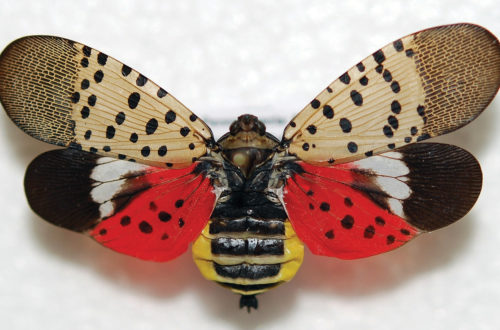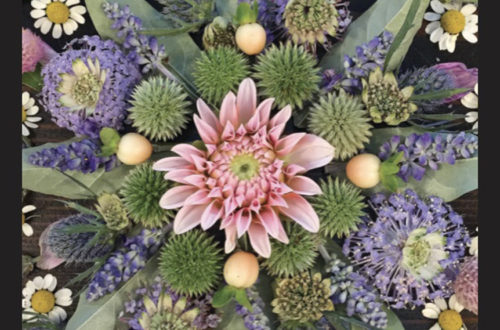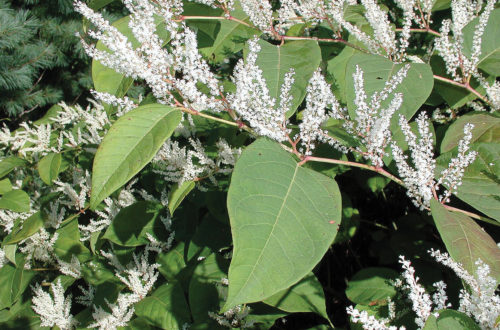By Will Rowlands – (All photos by Leslie J. Mehrhoff, UConn via bugwood.org)
The Connecticut Invasive Plant Working Group (CIPWG) has announced additions to Connecticut’s official list of invasive plants. We applaud these changes but, alas, the horse has already left the barn as far as most of these plants are concerned.
To make matters worse, most of the changes won’t take effect until Oct. 1, 2028 and Oct. 1, 2030. This will allow nurseries and growers time to try and sell off their existing stocks of invasive plants before the new law goes into effect. To be blunt, ecologically sensitive establishments should have phased out most of these plants a long time ago.
The process to amend the list is complicated. CIPWG makes recommendations to the Invasive Plant Council (IPC), which, in turn, makes recommendations to the Connecticut legislature via its Environment Committee. That committee deliberates and ultimately submits a bill to the legislature. If the bill passes it moves on to be signed by the governor.
In this case, the Environment Committee submitted HB 5013 to the legislature. It was passed and resulted in Public Act 25-126. You can read the text of the bill, review testimony and see how our legislators voted at cga.ct.gov
Banned Immediately
Star-of-Bethlehem (Ornithogalum umbellatum) was immediately prohibited from sale when the bill was passed because, reportedly, there is little economic value so a phase out period was deemed unnecessary.
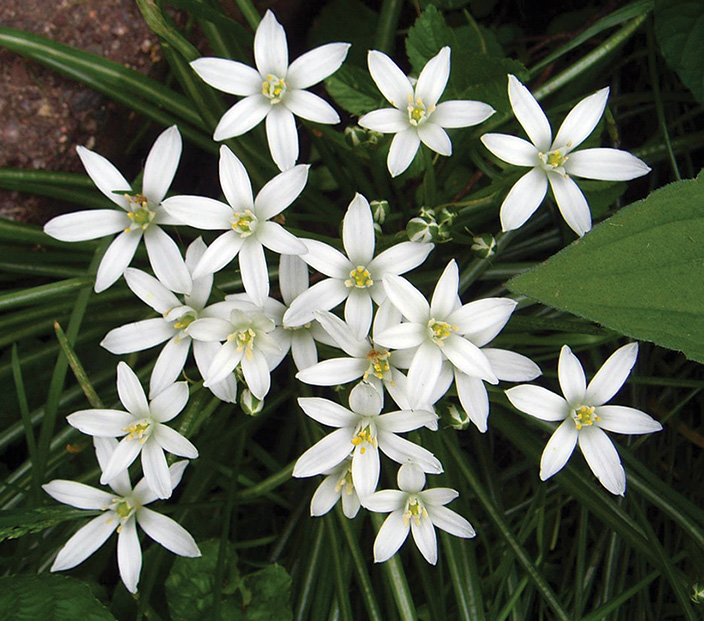
Banned on Oct. 1, 2028
Japanese barberry (Berberis thunbergii), winged euonymus (Euonymus alatus), glossy buckthorn (Frangula alnus), European buckthorn (Rhamnus cathartica), reed canary grass (Phalaris arundinacea), European privet (Ligustrum vulgare), black locust (Robinia pseudoacacia), and miscanthus (Miscanthus sinensis) will be prohibited from sale after a three-year phase out period.
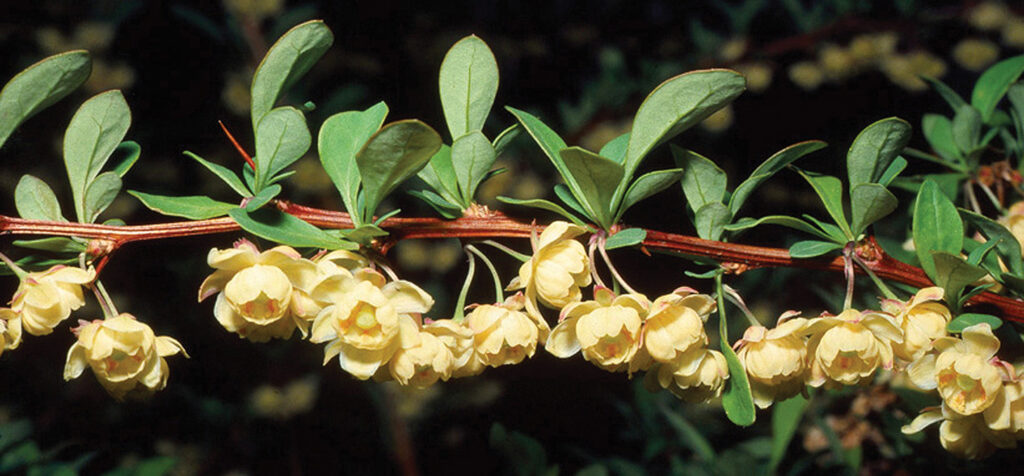
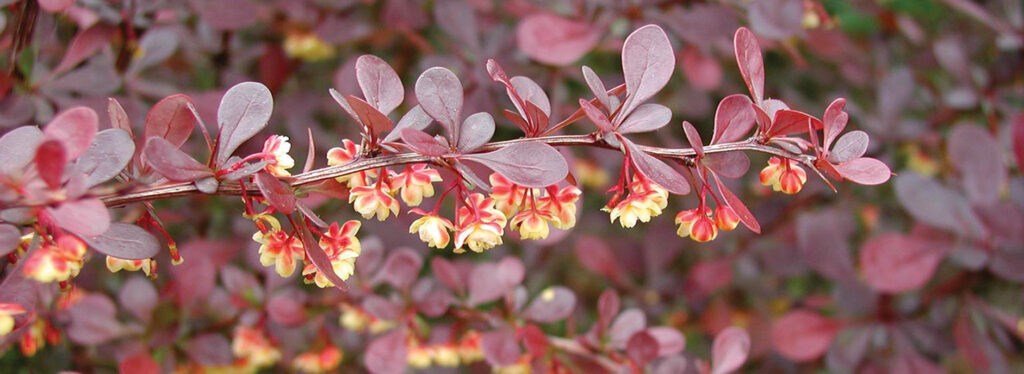
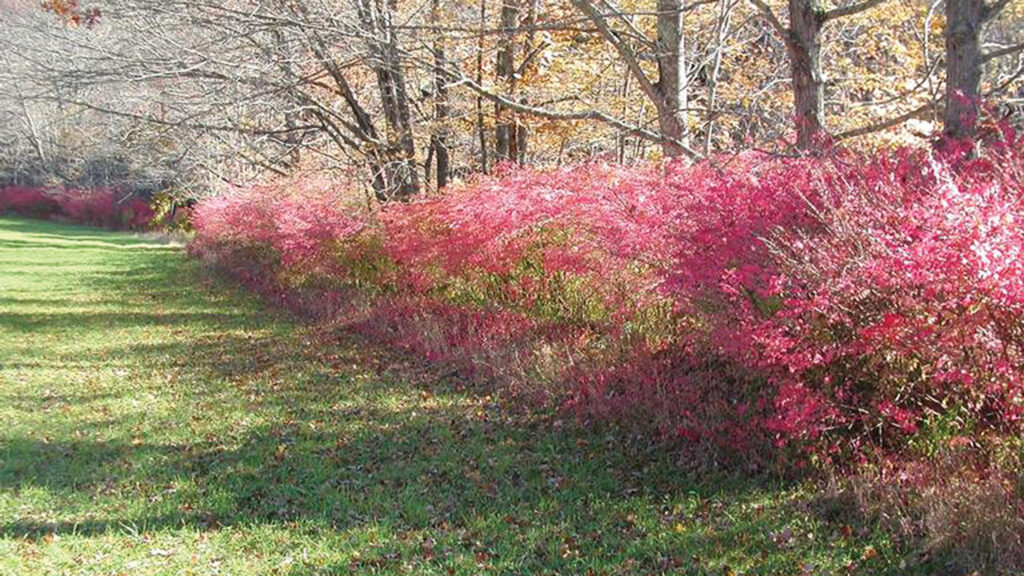
a landscape.
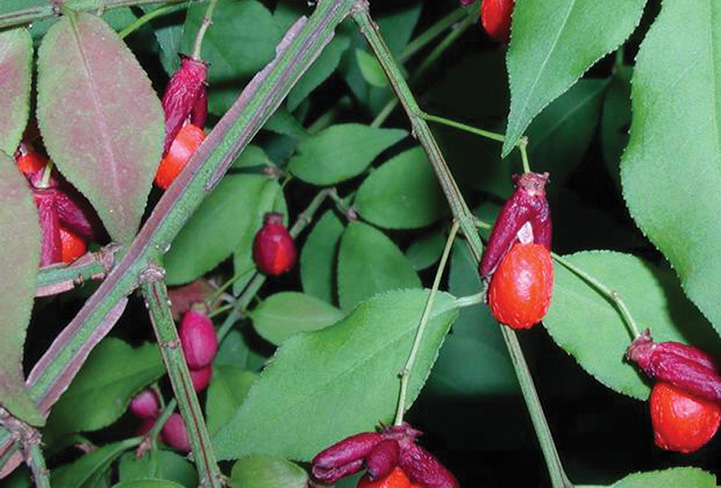
red-orange seeds.
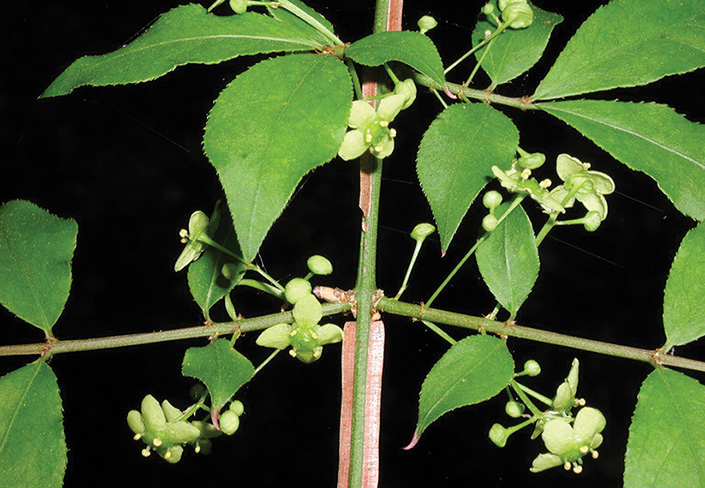
on the larger stems.
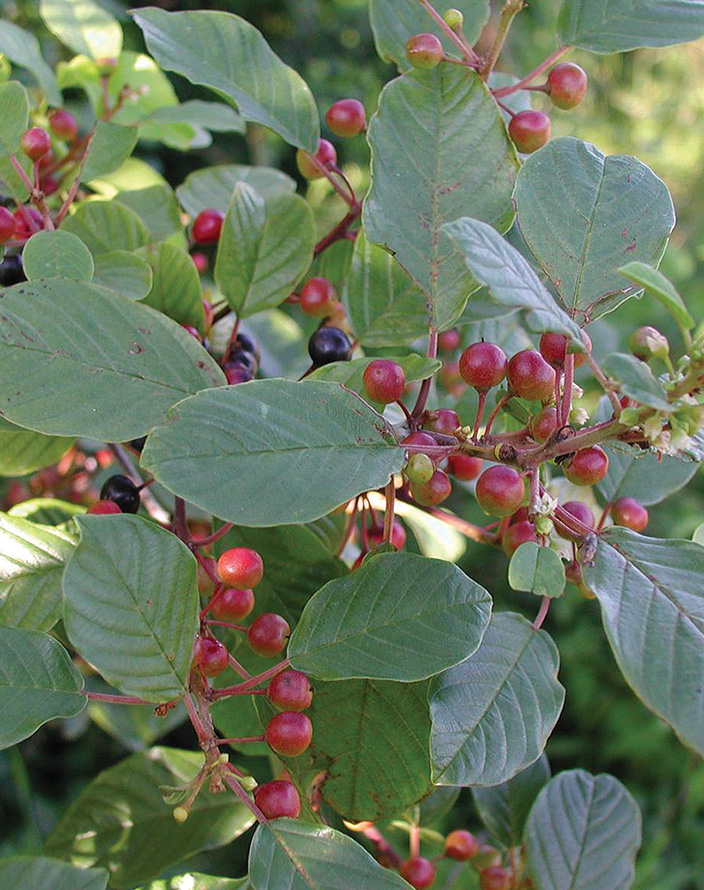
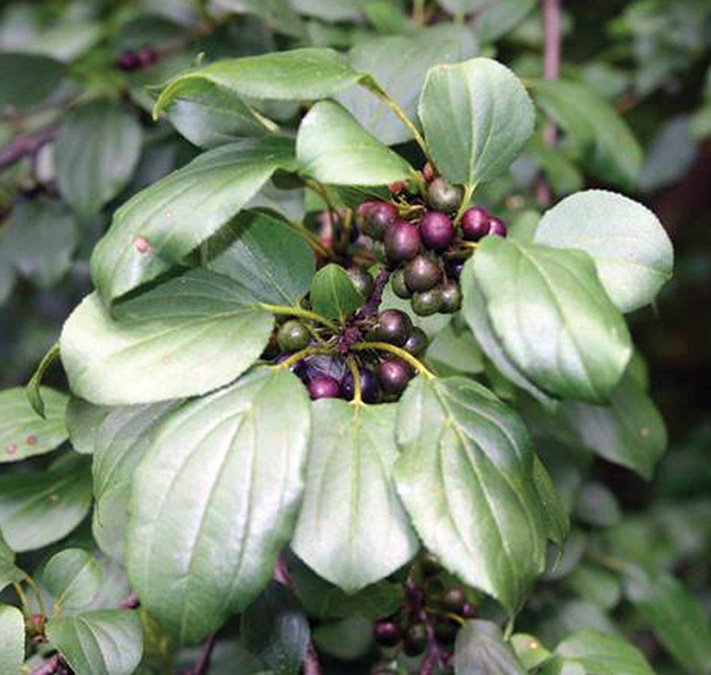
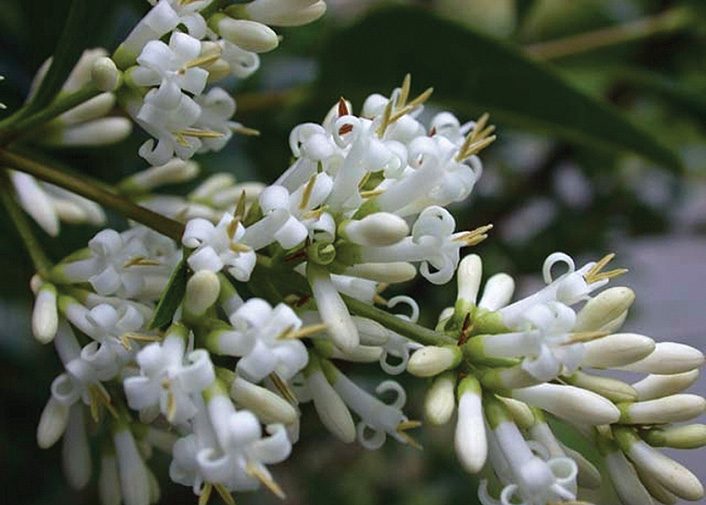
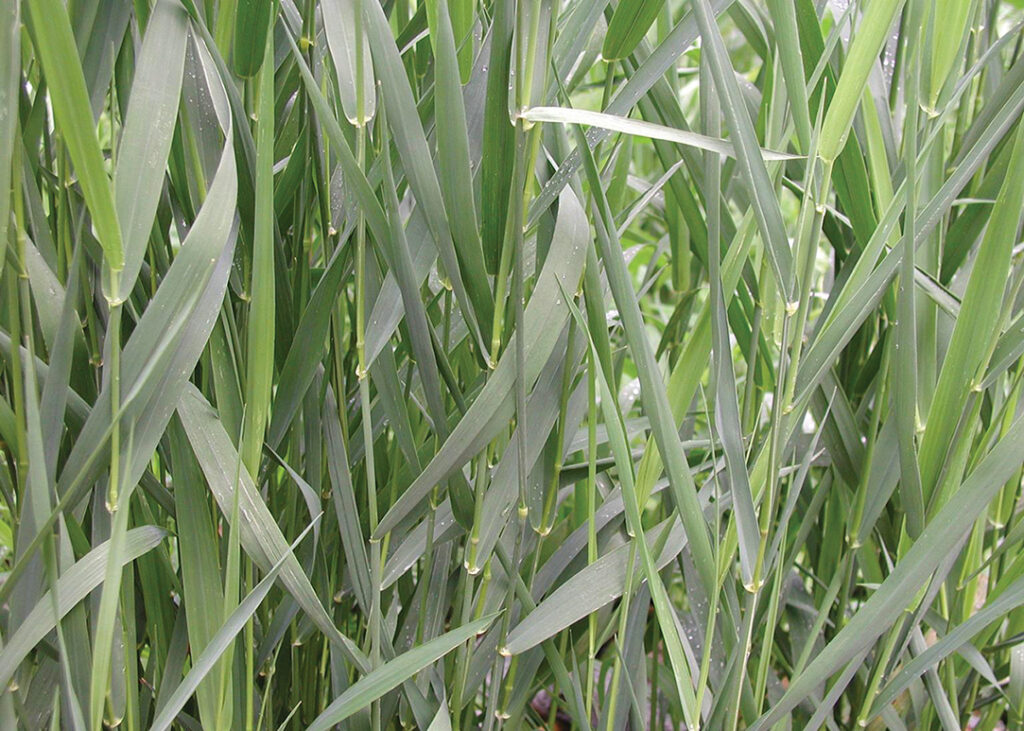
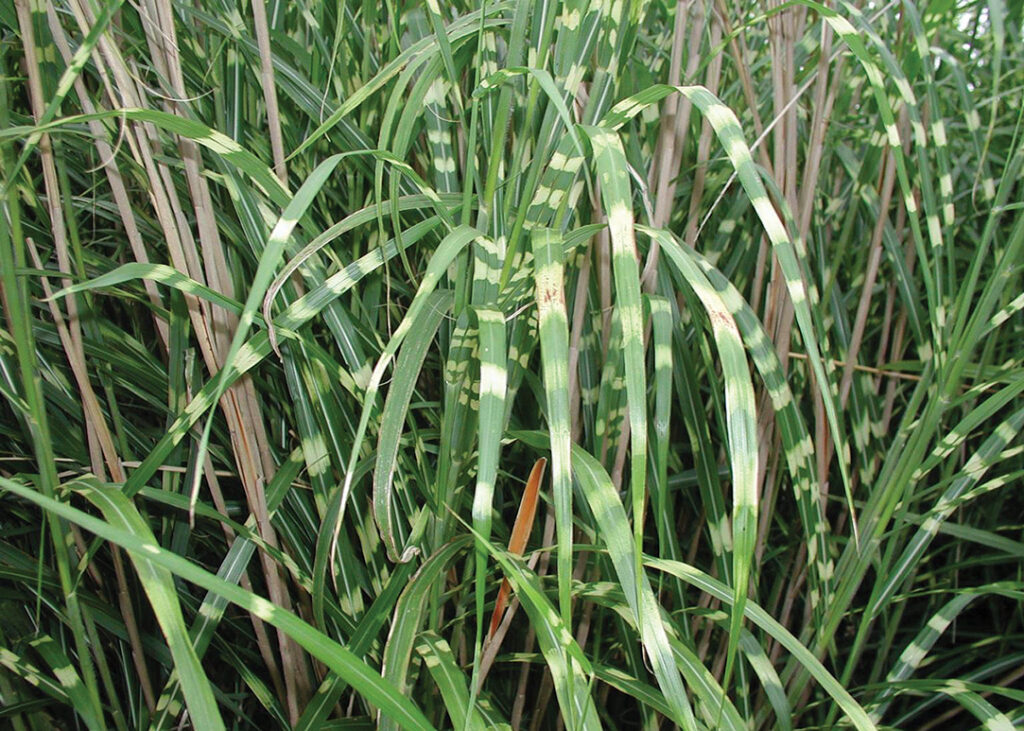
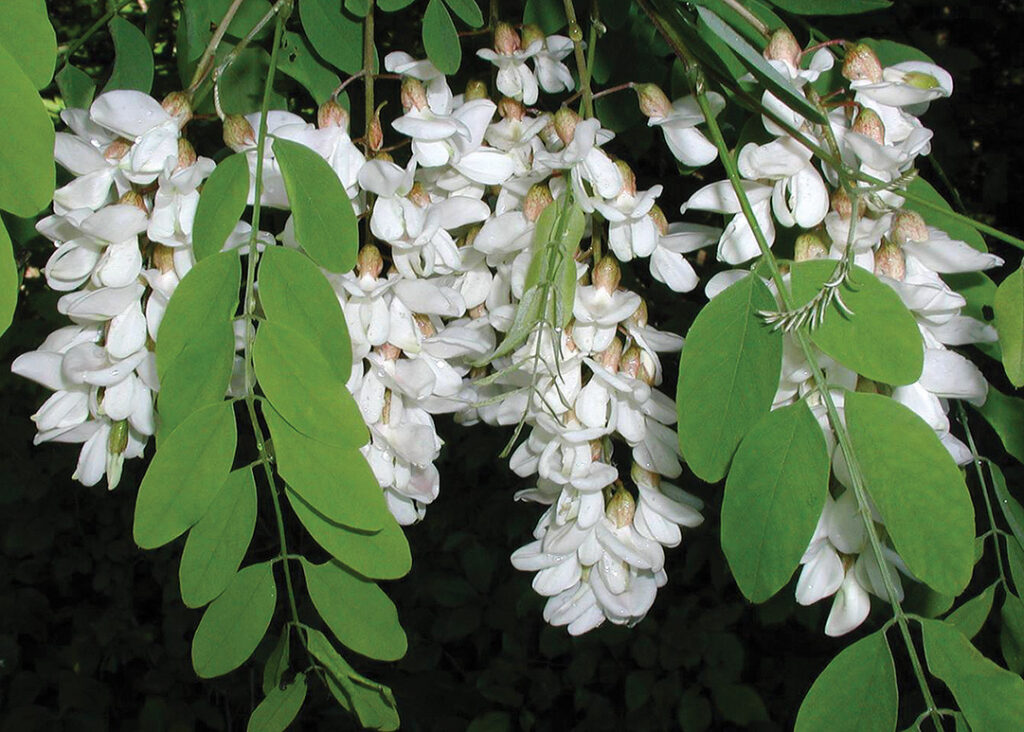
Banned on Oct. 1, 2030
Norway maple (Acer platanoides) will be prohibited from sale after a five-year phase out period.
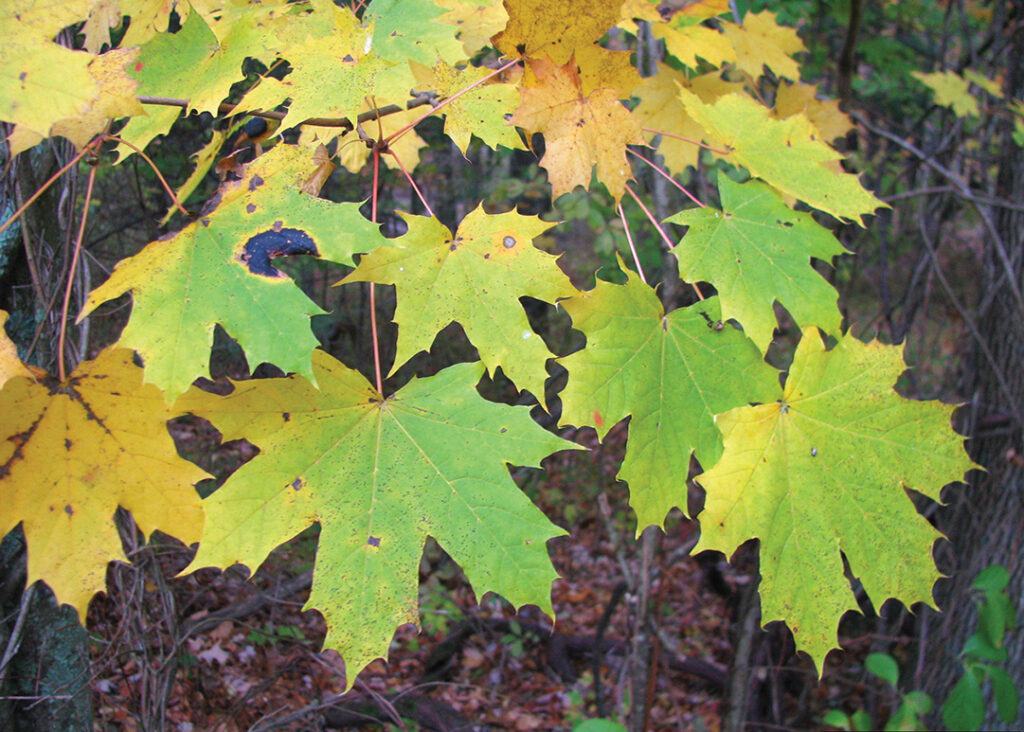
CIPWG is in the process of updating its Invasive Species list with the amendments. For more information go to https://cipwg.uconn.edu


